See a stunning showcase of dryland native plants at Melton Botanic Gardens. I have always wanted to visit this garden having seen images of its plants.
About the gardens
Melton is a relatively young, 25-HA, volunteer-managed botanic garden. Notably, it features dryland Australian native, South African, Californian, and South American species. A lake full of wildlife, an amphitheatre, botanic trails and a nursery exist on the site. The arboretum is a nationally registered collection of more than 100 species of eucalypts.
Melton is in a bit of a rain shadow and doesn’t get as much rainfall as surrounding areas. Rainfall is normally about 500 mls. Temperatures tend to be mild, with a maximum of under 30 degrees Centigrade.

Alyogyne hakeifolia Elle Maree, a lovely native Hibiscus with masses of soft yellow flowers – likes it hot and dry. From southern Australia.
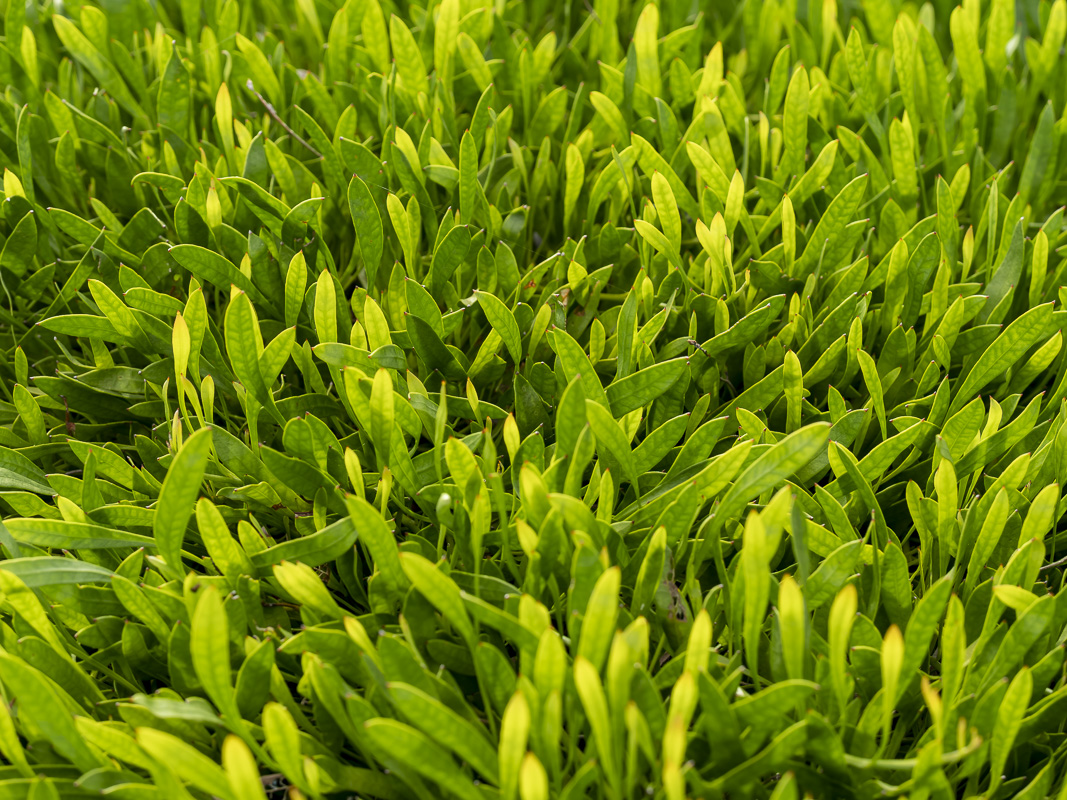
Conospermum caeruleum, Blue Smoke, has a mass of blue flowers in Autumn. When not in flower, it creates a lovely green mat of foliage. Likes sandy, granite soils. From SW WA.

Kunzea pulchella, from SW WA. Called Granite kunzea, which gives you an idea of its soil preferences. Erect shrub 1 – 3m, has been in cultivation for many years
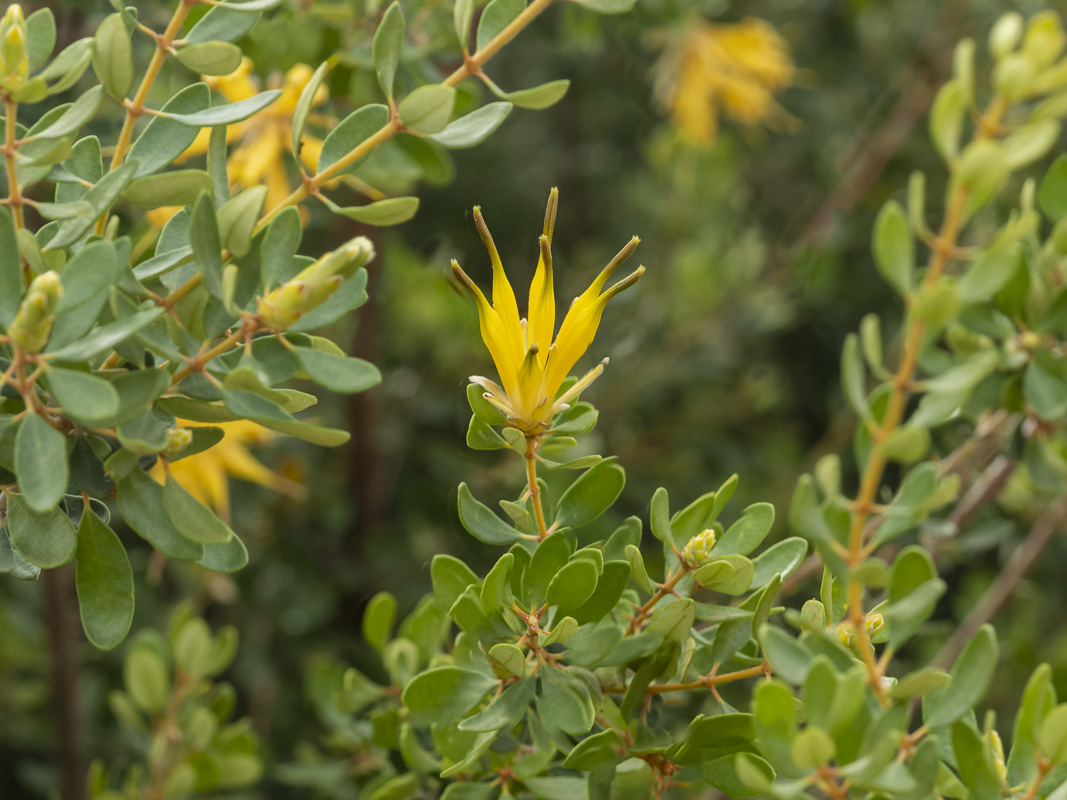
Lambertia inermis, from SW WA and southern coastal SA. Beautiful coloured lambertia. Florabase says: Sandplains, hillslopes, gullies, rock outcrops, road verges
Dryland gardens
I focused on the dryland Australian native section and happily spent a couple of hours there, exploring the beautiful flora. The Southern and Western Australian section is laid out by region, with a map of the location. Each location provides a description of the region and typical species found.
If you want to plant many of these species in east coast gardens, ensure you have very good drainage!

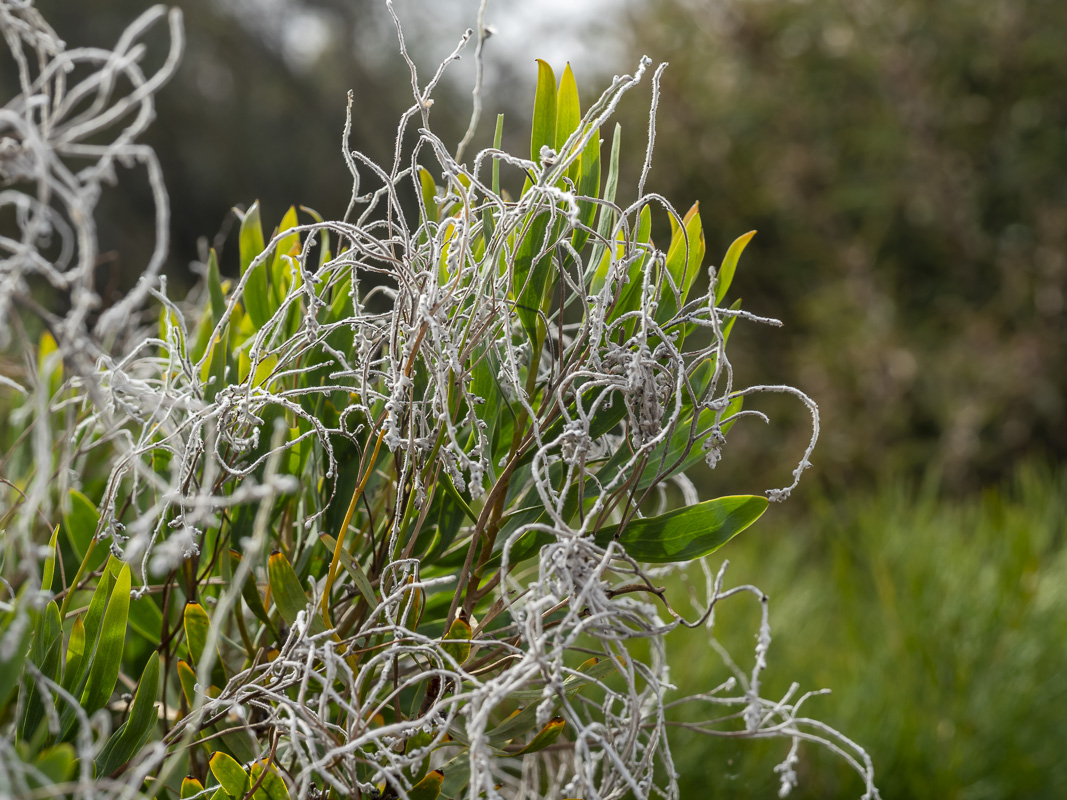


The verticordias or feather flowers were just stunning. I have tried to grow these once in my Hunter Valley garden and they promptly died! Here they are thriving.
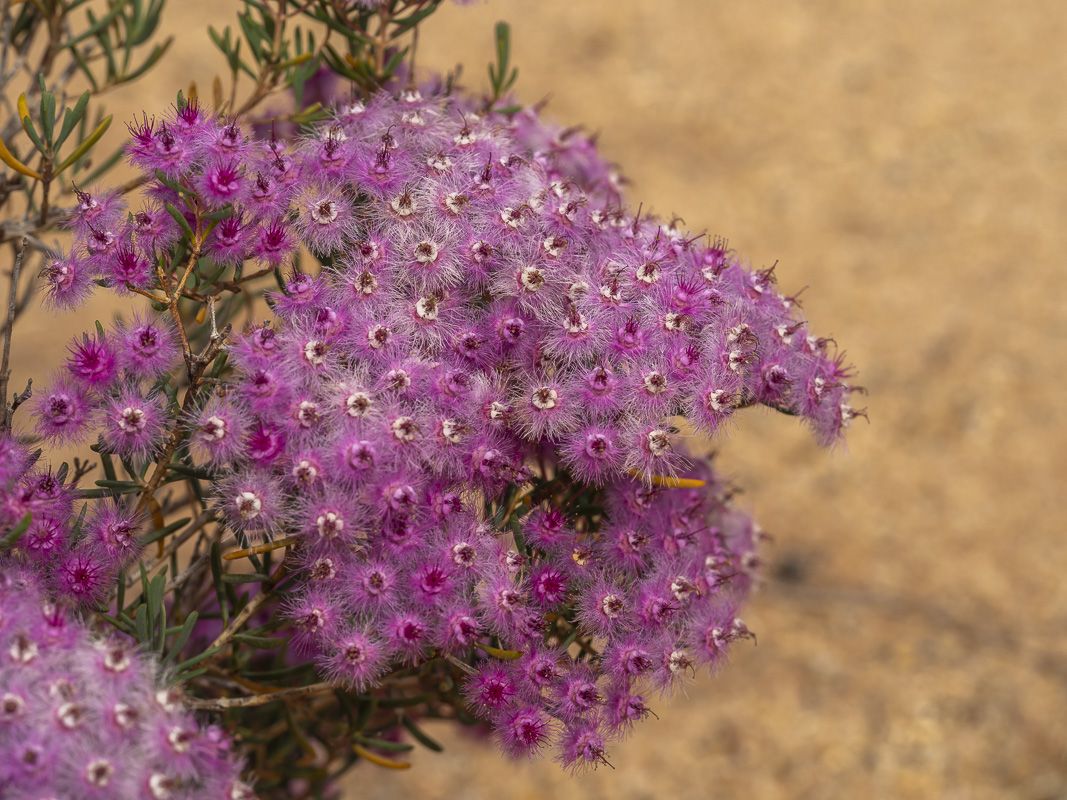

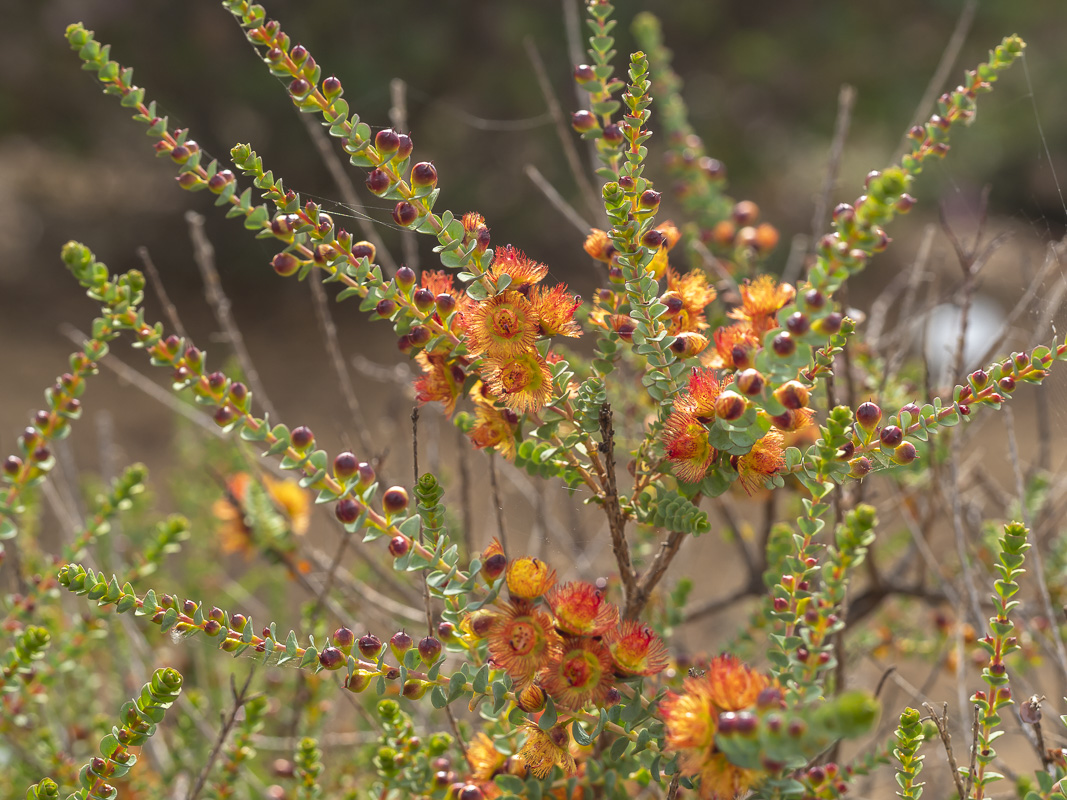

My favourite plant was Gossypium sturtianum. It’s called Sturt’s desert rose. It grows to about 3m and lasts 10 years or so. Flowers start as pale pink and turn a stunning dark pink and subsequently turn blue. It grows across inland Australia from NT to WA to Qld, NSW and SA, so maybe we can grow it, if we raise the soil!
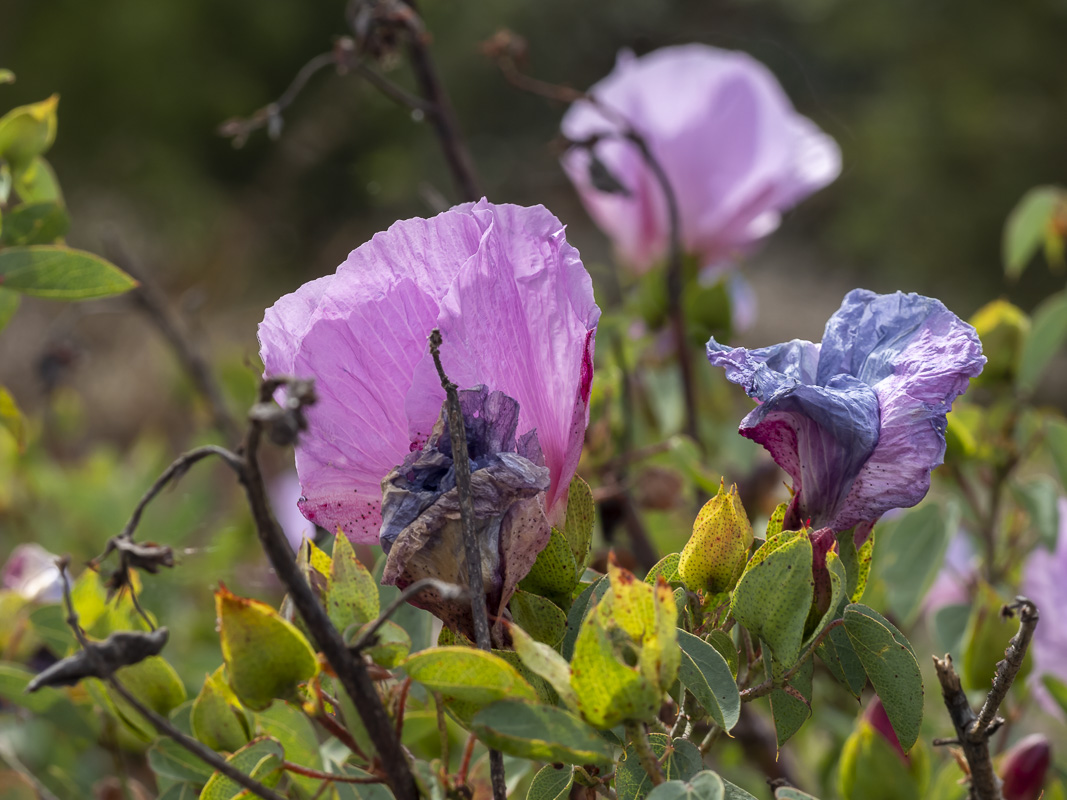

All credit goes to the volunteers who give their time so freely to create such a stunning showcase of native plants at Melton Botanic Gardens.
 Australian Native Plants Society (Australia)
Australian Native Plants Society (Australia)